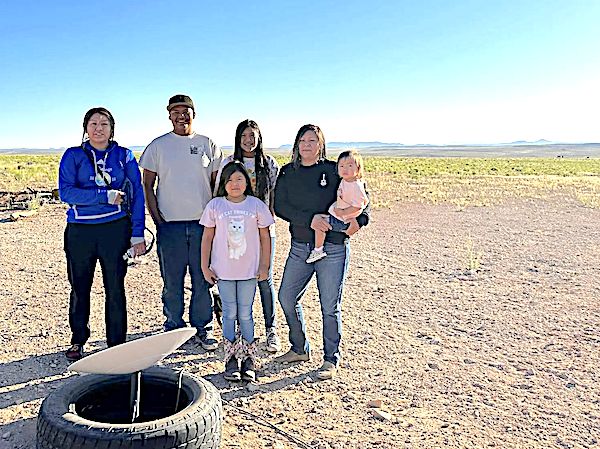
SpaceX will finally be launching Starlink Group 15-3 with 26 smallsats into low Earth orbit for the smallsat constellation this Friday, May 9 that was originally planned for May 1. Weather and other complications created the delays and, hopefully, this Friday is the lucky day for its launch from Vandenberg in California, at 5:01 pm – 9:01 pm PDT. Earlier in the week complications for the delay began when the mission disappeared from the list of upcoming SpaceX launches and federal notices that warn pilots of upcoming launch plans. Additionaly, the launch plans were removed without a mention of a new targeted attempt. SpaceX did not explain the reason for the delay.
On Friday California coastal fog could present a problem as the weather forecast calls for a temperature of 57° F, broken clouds, 82% cloud cover and a wind speed of 14 mph.
Also on Friday, Starlink Group 6-91 smallsats will launch low Earth orbit at 11:28 PM – 3:28 AM PDT from Space Launch Complex 40 Cape Canaveral, Florida. A group of smallsats will be released to become part of the Starlink constellation.
The Falcon 9’s first stage will attempt to land on one of two East Coast ASDS after its flight. The booster serial number is unknown at this time.
Weather forecast indicates scattered thunderstorms during the evening, then cloudy skies overnight. Low 73F. Winds S at 5 to 10 mph. Chance of rain 60%.
Saturday’s Starlink launch into low Earth orbit of Group 6-83 smallsats is scheduled for 9:24 PM -1:24 AM PDT from Kennedy Space Center, Florida. Kennedy Space Center, located on Merritt Island, Florida, is one of NASA’s 10 field centers. Since 1968, KSC has been NASA’s primary launch center of American spaceflight, research, and technology. Launch operations for the Apollo, Skylab and Space Shuttle programs were carried out from Kennedy Space Center Launch Complex 39 and managed by KSC. Located on the east coast of Florida, KSC is adjacent to Cape Canaveral Space Force Station (CCSFS).
The weather forecast is scattered showers and thunderstorms. Low 73F. Winds SSE at 10 to 15 mph. Chance of rain 50%.
The Falcon 9’s first stage will attempt to land on one of two East Coast ASDS after its flight. The booster serial number is unknown at this time.
All of the above launches are subject to delays and rescheduling.
